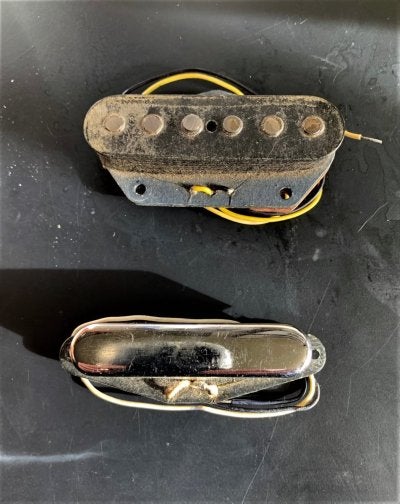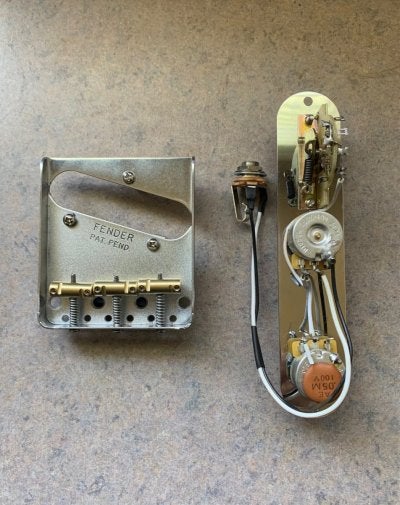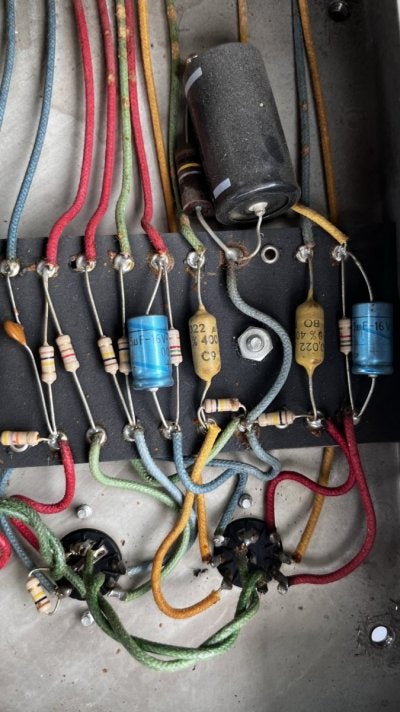Shorty Medlock
Tele-Holic
I like the look and feel of doing wiring with vintage style pushback cloth wiring. Just something about it makes it feel "right".
When I finally pull the trigger on an amp build, sure to be a Deluxe Reverb, would it make any sense to wire the amp with cloth wire?
I'm thinking the common gauge would be 18...
Now would be a good time to end my hypocrisy and replace the 120 year old knob and tube wiring in my attic!!!
When I finally pull the trigger on an amp build, sure to be a Deluxe Reverb, would it make any sense to wire the amp with cloth wire?
I'm thinking the common gauge would be 18...
Now would be a good time to end my hypocrisy and replace the 120 year old knob and tube wiring in my attic!!!




